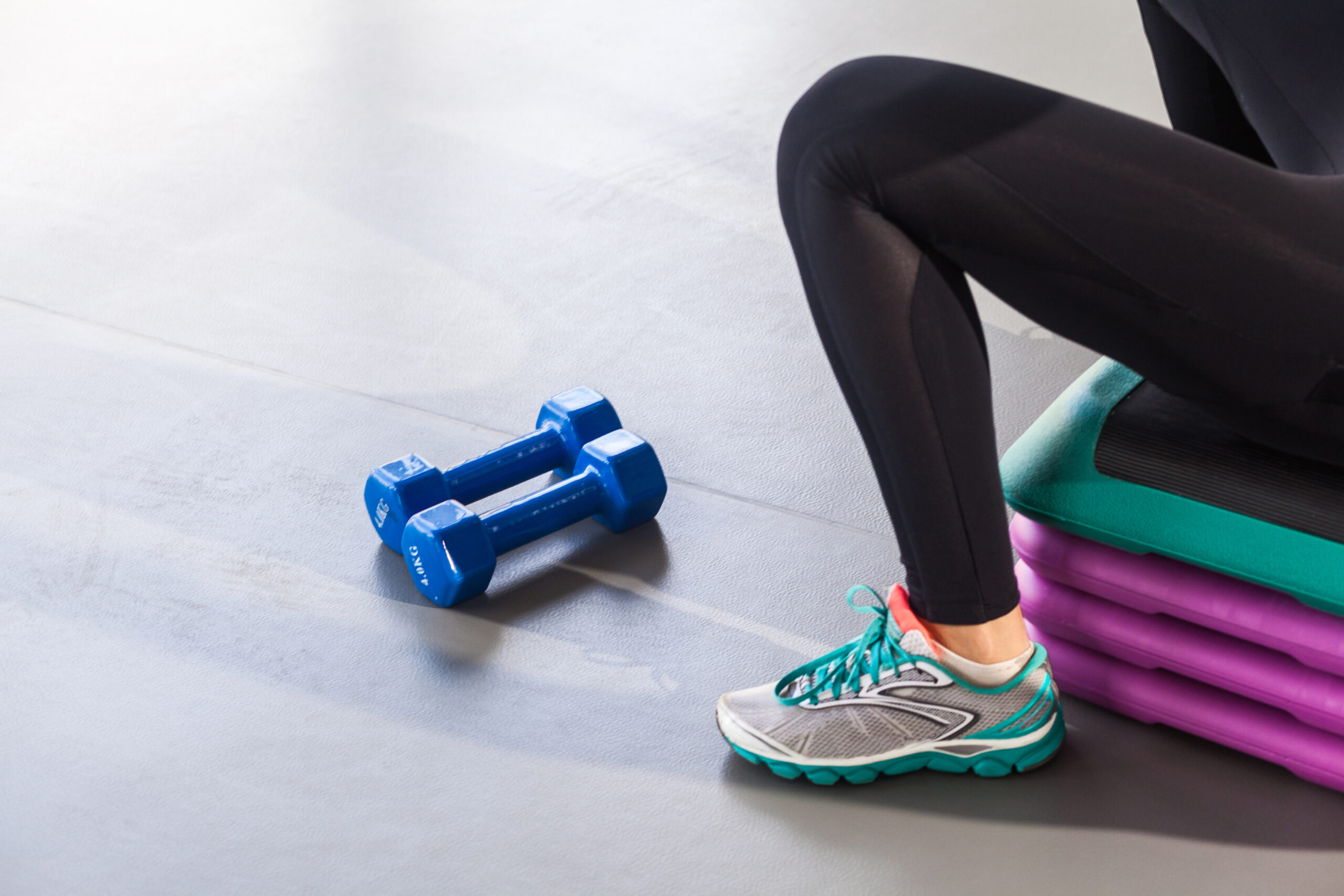
Removing old, worn laminate flooring is a big project but it’s not as difficult or time-consuming as you might think. With patience and the right tools, taking out the entire laminate flooring can be accomplished in just one afternoon.
The following guide provides a step-by-step approach for removing old laminate flooring, and it also offers advice on what you should consider before laying your new floor.

There are several things to consider before removing laminate flooring:
Laminate flooring can be easily removed from a subfloor by following some basic steps. A floating floor is a panel made of wood or some other material, which sits on top of the subfloor. Each piece snaps together so that it doesn’t shift around within the room.
Some damage may occur when removing tongues from grooves, so be careful if you are reusing laminate flooring and work slowly to reduce the number of spoiled planks.
If your laminate flooring was installed several years ago and individual pieces were attached to the subfloor with adhesives, you cannot reuse that flooring. Use a pry bar and scraper to remove these sections of flooring.

While removing laminate flooring is safe in general, you should take precautions. The edges of the planks can be sharp and prying them up without gloves may cause injury to your fingers or knuckles. Wear safety glasses to protect your eyes from flying chips. Wear shoes while working and cleaning up to prevent splinters or stray nails from hurting your feet.
Remove the quarter-round molding that borders the room :
Remove the baseboard:
Label the pieces so you can easily put them together after your new flooring is installed.
After the quarter-round and baseboard molding is removed, you might need to remove transition strips that separate different types of flooring. If any strip is present, pull it up with a pry bar or unscrew it from the floor whichever method works best for the type of transition molding you have.
Once the floor is clear and there are no moldings left, locate the wall that has a laminate plank with a trowel. It’s easier to remove planks if you begin from this side rather than one with a groove in it.
After you have removed the flooring, take up any foam padding that may remain under your subfloor. If the old floor was installed with adhesive, you may need to remove any residue left behind. The amount of residue will determine which tool you use: a heat gun and scraper for larger chunks or an orbital sander for smaller pieces.
Vacuum the entire floor with a wet/dry vacuum to remove dust and debris, then prepare the surface for new flooring. Get started by picking up the tools and supplies you need today. Visit our website TheFloorBox.ca to find the flooring and tools you need.